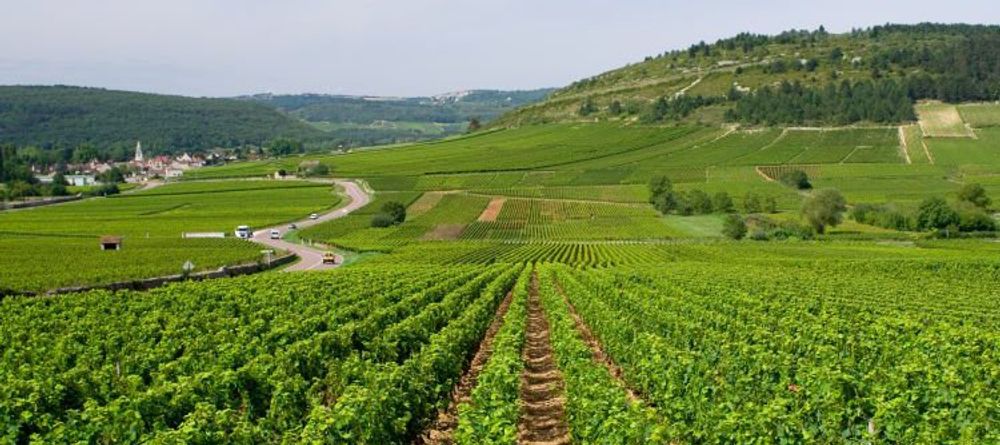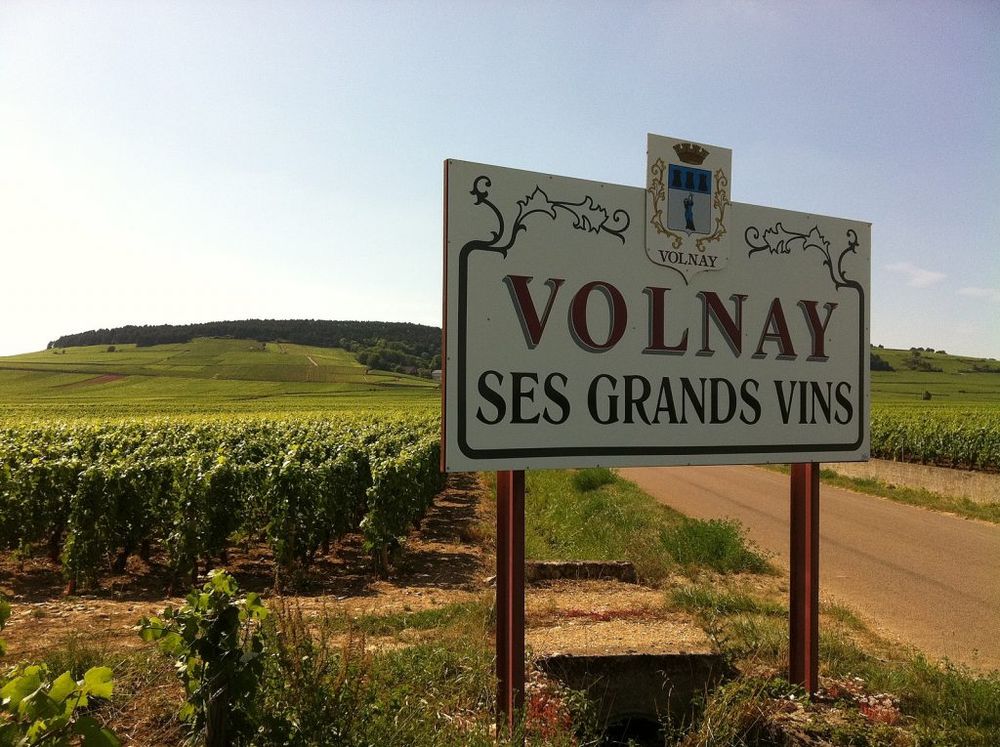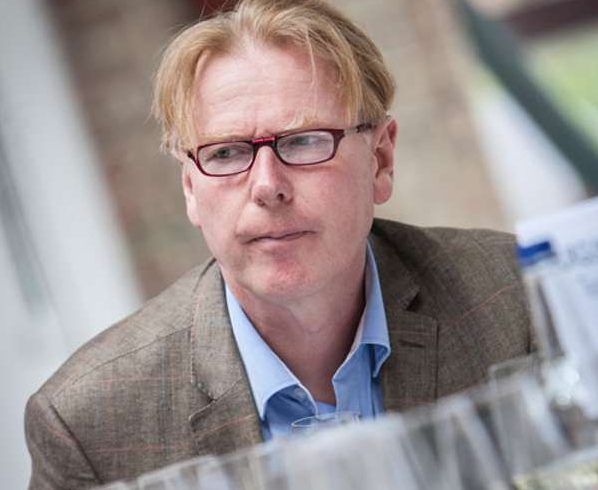If the justification for prices going up relatively sharply over the last five years was shortage, then one could reasonably hope for a softening in price now.
The first key fact about 2017 is the return to normal, even quite generous volumes. This matters in general in terms of the market place, but it really matters in particular for those vignerons in the Côte de Beaune especially, whose crops were so badly damaged by hail for three years in a row (2012-2014) and then by the frosts of 2016. Happily 2017 is both generous and of good to very good quality, with in general a preference for the white wines. For both colours, the grapes were exceptionally healthy and free from rot.
The White Wines
2017 is set to be a consistent and delicious vintage for white Burgundy. It is slightly less striking than 2014 but shares many of the same qualities. There are some stylistic overlaps with 2007 and 2011, two other very early vintages, but it is much more interesting than either of them, as well as being much more consistent. Jean-Philippe Fichet said about 2017 immediately after the harvest that ‘anybody who is not happy should change his job’.
Typically yields were a little lower in white than in red, indeed lower than 2016 for those vines which avoided the frost in the earlier year. In 2017 frost damage was still widespread in Chablis, and very locally in fringe vineyards of the Côte de Beaune. There is no sense of dilution, and for the most part the wines show optimum ripeness.
There are occasional exceptions, with a few wines showing the exotic flavours of super-ripe white grapes. Typically but not exclusively these seem to come from upper slope vineyards which may have been starved of water and where the grapes became somewhat cooked. The norm though is for perfectly balanced whites, picked at the right time. As in 2014, the optimum picking window was not as restricted as it often has been in recent times.

The sweet spot for the whites: areas that were considered to be be ‘cool’ sites such as Auxey-Duresses
Chablis, despite the frost damage, is notably more successful in 2017 than 2016. The only problem was the cold, not mildew and other forms of disease pressure later in the season. The Mâconnais has performed well, though on the whole the wines are lowish in acidity and will probably come forward quite quickly.
Buying Strategy: 2017 is definitely a vintage to investigate in some depth, unless the pricing puts you off. Mind you, except where currency has affected your market too negatively, there is no reason to expect or accept price increases. White Burgundy enthusiasts can otherwise go long in 2017.
The Sweet Spots: The wines seem to be consistently successful throughout. There is a lot to be said for looking at what would previously have been regarded as cooler areas (St-Aubin, Auxey-Duresses). Of the three grand villages Meursault may possibly just have the edge.
Drinking Windows: The 2017s will not take long to become approachable but they have the fundamental structure to age perfectly well. I do not see any inherent fragility. Not many wines had that tightly-wound configuration that requires long cellaring before the wines come into their own, though this is partly a reflection of current styles of wine-making. I remain hesitant to generalise about how far out one can fix the maximum safe maturity limit, though much depends on the style of the producer.
The Red Wines
There are many lovely reds in 2017 but it does not look likely to grow into one of the legendary years. This was of course the case at the outset for 2010 and those wines really have grown into something special. I doubt this will be the case here, though producers often mention that their 2017s have gained weight during the ageing process to date.
Not everybody though is so keen on those banner years which emerge from the hot summers such as 2009, 2015 and doubtless 2018. Those vintages offer a puppy fat juiciness in youth and some magical bottles in old age, but can be too much of a good thing in between. Delicacy is rarely an attribute.
2017, on the other hand, offers a lighter, fresher style, inevitably calling for epithets such as ‘this is a more Burgundian vintage’. Etienne Grivot mentioned its ‘buvabilitésplendide’, rather a lovely phrase. Some growers offered 2000 as a comparison (for the drinkability aspect) while I would add a touch of 2002 for the additional crispness. The wines are clearly denser than 2007, have avoided the slight dimension of pyrazines to be found in 2011. There could be some parallels with 2014, though reinforced with a little more energy.

2017 is a good vintage to re-explore Volnay, an appellation where supply has recently been scarce
In one sense it is a very uniform vintage, with wines of middling intensity, accessible fruit, enough acidity and lightish tannins, reflecting their individual terroirs well. It is the same style of wine up and down the Côte. Differences derive from the yield, for those who pruned and de-budded according to their normal program, and then green-harvested in high summer have evidently made wines of much greater concentration than those who, having suffered for several years in a row, allowed the vines to carry their high yields through to harvest. It was easier to be stricter in the Côte de Nuits, where vignerons have suffered less in the last five years and prices are typically higher, than in the Côte de Beaune. It was also necessary as the ripening schedule was a little more backward in the more northerly Côte.
Buying Strategy: See the comments on The Market below. If pricing does not put you off, then there is plenty to enjoy in 2017 and in most cases it will be worth following your usual purchases. It might also be a good year to try some of the emerging talents, the generation of 30 year olds who are making the running now, though happily the generation before do not appear to be slacking off either. Subject to comments below, the 2017 vintage would also be a good opportunity to get reacquainted with appellations that have been scarce in the market such as Volnay and Pommard.
The Sweet Spots: Overall, it is more a question of grower-by-grower rather than village-by-village, though it is true that yields are typically lower in the Côte de Nuits for reasons outlined above. Results were fairly uniform across the villages there. My intuition that Gevrey-Chambertin did particularly well may be due to tasting at one or two particular rising stars. In the Côte de Beaune I fell in love with a number of wines from Volnay.
Drinking Windows: As for the whites, the reds will become accessible relatively soon. The generics will be attractive to drink with no more than a couple of years in bottle, and many village wines will follow shortly after. It may take a while for the extra level of velvet which signifies maturity to arrive. Various producers, Aubert de Villaine among them, noted that despite the accessible style of the vintage these wines will make old bones. I certainly think that the best of the 1ers and grands crus will last for 25+ years, but you will not need to wait as long as that if we do not wish to.
The Market
At the time of writing I do not have a definitive idea of how the 2017s are being priced, either by the producers or by their importers. However general conversations seem to suggest that not many producers are coming down in price, despite the much more generous volumes in both 2017 and 2018. If the justification for going up relatively sharply over the last five years was shortage, then one could reasonably hope for a softening in price now.
What is happening that could justify maintaining current price levels? There are some issues which need considering. One is the enormous expansion of Burgundy loving individuals around the world, especially but not exclusively in the East. Previous vintages, admittedly often in short supply, have largely sold through. Another is that the unceasing increase in the cost of vineyard land is having a knock-on effect. Even if you have not been buying any new vineyards, the cost of the real estate has an impact not only on inheritance taxes, but also in rental costs. Do not underestimate how many domaines are nonetheless paying family members or outsiders a fermage every year for the vines which they exploit.
So my general impression is of price stability, albeit at a high level, rather than any significant softening, at least for the initial launch prices of 2017. One area of risk here are the red appellations of the Côte de Beaune which have hardly been seen over the last few vintages. Will it be easy to sell through Beaune, Pommard, perhaps even Volnay from the lesser 1ers crus?
This article is an extract from Jasper Morris’s annual report into Burgundy 2017 which you can subscribe to here on his site Inside Burgundy. From today in-depth reports on Chablis, Côte de Nuits and Côte de Beaune are being posted on the website totalling 2250 wines from 175 producers.










































